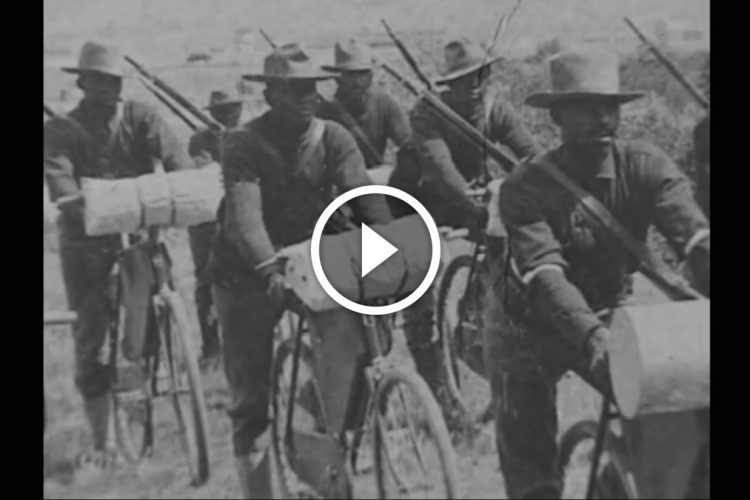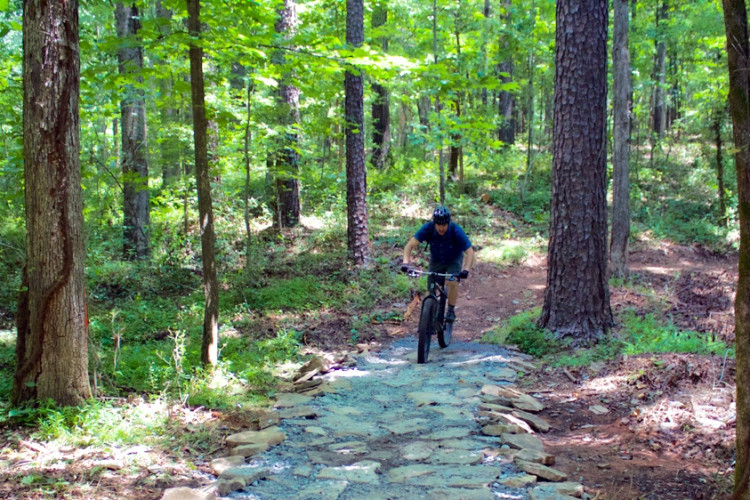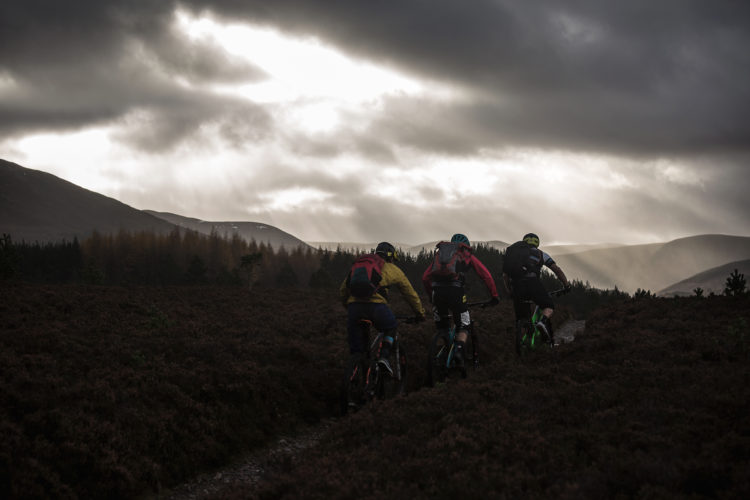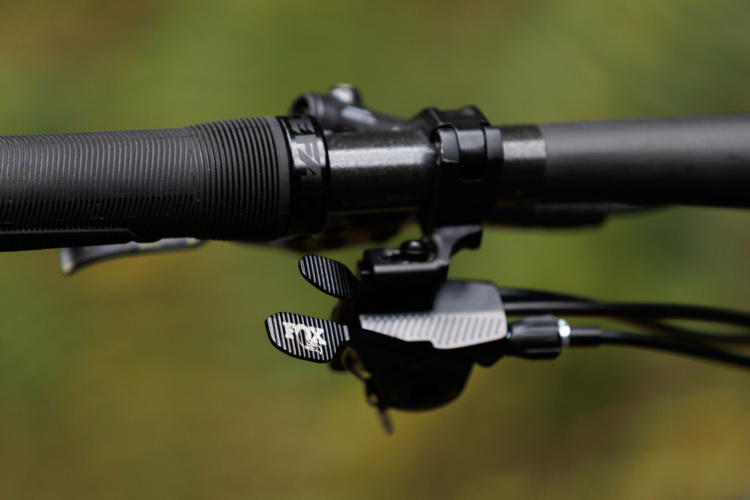
Yet another massive number of alpine and sub-alpine trails in Montana are slated for closure, this time in the Bitterroot Valley near Hamilton, Montana. This is different than the other Montana trail closures slated for the Helena area.
[see_also id=’246204′]
Previously, the US Forest Service was only accepting comments from those who had commented on the Bitterroot travel management plan in previous stages. Now, new comments will be accepted, but only if they stick to a very particular format. (For information on crafting a “proper” comment, see the instructions below.)
Synopsis
In the Bitterroot Valley, two sides who both enjoy the outdoors have clashed, resulting in lawsuits.
On one side, mountain bikers and motorized users local to the Valley have a broad view that they should be allowed to recreate on federal lands. On the other side, Wilderness groups from outside the valley have taken a more restrictive view asserting that hiking, skiing, and horseback riding are the only methods of travel that should be allowed.
Then, mountain bikers and motorized trail users have won a reprieve. Unfortunately, the reprieve was short-lived, lasting less than a month. (Wilderness groups are tenacious litigants and fundraisers.)
In the spirit of cooperation and goodwill to all [sarcasm], the Wilderness movement obtained a trail closure order banning bikes and motos from a good chunk of Forest Service lands. The trail closure required the Forest Service to “consult” with all user groups. This is the consultation process.

Crafting your response
The response criteria for this issue is highly technical and follows a rigid form. From this article, “objections can only be filed on the 62.4 miles of trail closed to bicycles under the updated travel plan in the two WSAs. No other aspects of the travel plan are subject to the objection process.”
If you comment generally about mountain-bikers as good trail maintenance stewards, or responsible users, or the general unfairness of the process your comments may be rejected. You must comment on specifics of the Bitterroot Travel Plan or the Forest Service’s very bureaucratic “Reasons of Decisions” (pages 24 – 25 cover mountain-biking).

The sample email below is designed to hew to the requirements for the comment form. Fill in your own address and contact info.
Email to: [email protected]
Subject line: Bitterroot Travel Plan Objection
1) objector’s name, address, phone number, and organization represented, if any;
See signature below for Objector
[Your Name]
[Street]
[City], [Postal/ZIP]
[Phone]
2) title of project on which the objections are being submitted along with the name of the national forest;
Bitterroot National Forest – Travel Management Plan Final Environmental Impact Statement (FEIS) (hereinafter “Bitterroot Travel Plan”)
- Plan at https://www.fs.usda.gov/project/?project=21183
- Record of Decision (hereinafter “ROD”) specifically at pgs 24 and 25 https://www.fs.usda.gov/nfs/11558/www/nepa/39018_FSPLT3_3043255.pdf
3) a description of those aspects of the proposed project addressed by the objection, including specific issues related to the proposed project; if applicable, how the objector believes the environmental analysis or decision specifically violates law, regulation, or policy; suggested remedies that would resolve the objection; and
– Objections addressed to : specifically pages 24-25 of the Bitterroot Travel Plan
The objector believes the Bitterroot Plan is objectionable because
- it restricts mountain biking in the areas designated in the Bitterroot Plan even though mountain biking was an activity undertaken in the areas known as the Sapphire and Blue Joint Wilderness Study Areas (“WSAs”) before those WSAs areas were ever considered for designation as WSA. The ROD finding that “mountain biking was not likely occurring in either the Sapphire or Blue Joint WSAs in 1977” is not correct.
- The ROD finding that mountain biking is not compatible with “social and ecological characteristics to preserve wilderness character” cannot be justified on objective criteria; whether environmental, natural or social impact. The USFS is not empowered to impose their subjective values into a land management process
- The ROD cites that a consideration of wilderness character must consider “the opportunities for solitude it offered”. Anecdotal data from user groups indicates that usage of the Sapphire or Blue Joint WSAs is of a manageable nature such that users have ample opportunities to use the areas in relative solitude. The Forest Service has zero user counts for mountain biking in the Sapphire or Blue Joint WSAs and therefore cannot draw objective conclusions.
The objector believes his objection could be resolved by amending the Bitterroot Plan and the ROD to allow mountain-biking in the Sapphire and Blue Joint WSAs.
4) objector’s signature below
------------------- [add signature]





















2 Comments
Oct 23, 2018
Nov 4, 2018